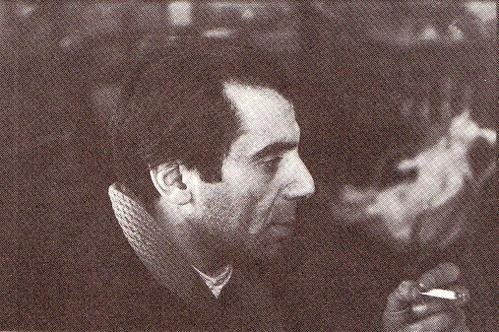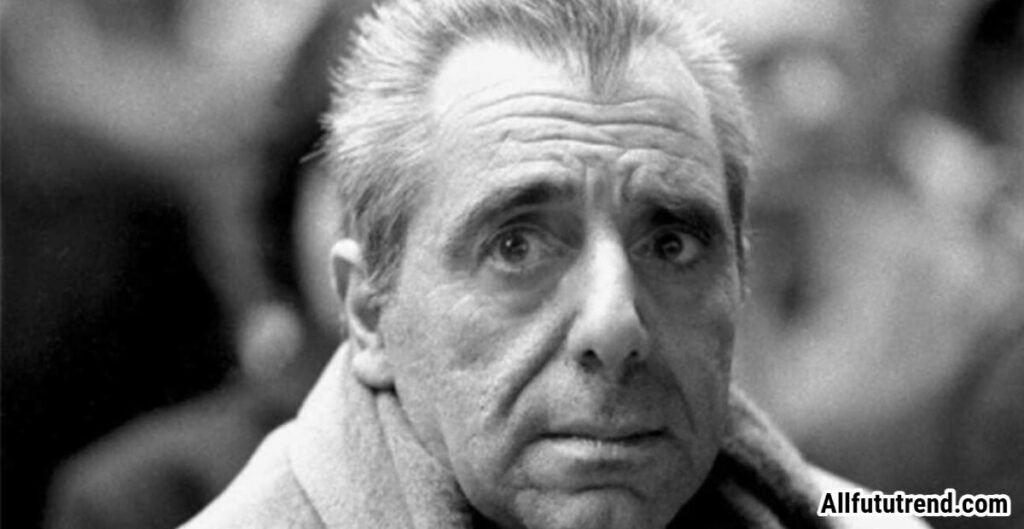Arthur Adamov was a name that echoed through the corridors of 20th-century theater, captivating audiences with his innovative plays and thought-provoking themes. This French playwright carved out a unique niche in the world of literature. However, behind the curtain of his illustrious career lay a tragic end that has piqued curiosity for decades. What led to Arthur Adamov’s untimely demise?
Join us as we explore not only his remarkable journey but also uncover the circumstances surrounding Arthur Adamov’s cause of death—an event that marked the closing act of an extraordinary life.
Who Was Arthur Adamov?
Arthur Adamov emerged as a prominent figure in the realm of avant-garde theater. Born on August 23, 1908, in Échirolles, France, he grew to become one of the leading voices in post-World War II drama.
His work is often characterized by existential themes and a deep exploration of human consciousness. Adamov’s plays challenged traditional narratives, delving into the absurdity of life and the complexities of existence.
With roots tracing back to Russian émigrés, his multicultural influences shaped his worldview and writing style. Living through tumultuous times during both world wars imbued his works with a sense of urgency and reflection.
From early experiments with surrealism to later masterpieces that defined modern theater, Arthur Adamov’s journey was marked by relentless creativity and an unyielding quest for truth in art. His legacy continues to resonate among playwrights today.
Arthur Adamov Cause of Death

Arthur Adamov’s life came to a tragic end on March 15, 1970. He succumbed to an overdose of barbiturates, leaving behind a legacy that continues to resonate in the world of theatre.
The circumstances surrounding his death have sparked conversations about the pressures faced by creative individuals. Adamov was known for his existentialist themes and deep explorations of human consciousness.
His struggle with mental health issues might have contributed to his untimely demise. In an era where such discussions were often stigmatized, he navigated both personal turmoil and professional expectations.
This heartbreaking event marked not just the loss of a playwright but also a reminder of the vulnerabilities that artists face in their pursuit of truth through art. The impact of his works remains profound even decades later, overshadowed by the sadness of how he left this world.
Early Life and Education
Arthur Adamov was born in modest family. His early years were spent in the vibrant atmosphere of Paris, which deeply influenced his intellectual growth.
He attended local schools where he developed an appreciation for literature and theater. These formative experiences shaped his creative spirit and laid the groundwork for his future endeavors.
Later, Adamov continued his education at the University of Paris. Here, he delved into philosophy, immersing himself in existentialist thought that would later permeate his works.
His university days weren’t just about academics; they were also social hubs. He mingled with other budding artists and thinkers who shared revolutionary ideas that resonated within him.
This eclectic mix of influences molded Arthur into a playwright whose works would challenge audiences worldwide. The foundation laid during these years became instrumental to his remarkable career ahead.
Career and Achievements

Arthur Adamov was a prominent figure in the world of theater and literature. He gained recognition as one of the leading playwrights associated with the Theatre of the Absurd movement. His works challenged traditional narratives, diving deep into existential themes.
His most notable plays include “Waiting for Godot” and “The Profound Silence.” These pieces are celebrated for their innovative structure and thought-provoking dialogue. They explore human despair, isolation, and the absurdity of life.
In addition to his plays, Adamov wrote essays that further established him as an intellectual voice in post-war Europe. His ability to blend philosophical insights with dramatic storytelling left a lasting impact on contemporary theater.
Adamov’s contributions earned him acclaim not only from critics but also from audiences worldwide. He remains a pivotal influence on aspiring writers and directors who seek to push boundaries through their craft.
Personal Life and Relationships

Arthur Adamov’s personal life was intertwined with the world of art and literature. He found love with Jacqueline Danno, a talented actress and writer. Their relationship blossomed amid the vibrant cultural scene of mid-20th century France.
Danno was not just a partner but also an artistic muse for Adamov. Together, they navigated the complexities of life in Paris, surrounded by other influential artists and thinkers. Their shared passion for creativity often led to stimulating conversations that fueled their respective works.
While their marriage brought joy, it also faced challenges common to many creative partnerships. The pressures of career ambitions sometimes cast shadows over their romance. Nevertheless, both remained dedicated to fostering each other’s talents while building a life together that celebrated individuality and artistic expression.
Their bond left an indelible mark on Adamov’s writings, influencing his themes of existentialism and human connection throughout his career.
Legacy
Arthur Adamov left an indelible mark on the world of theatre and literature. His surreal, often existential works challenged audiences and pushed boundaries. He is best known for plays like “Waiting for Godot” and “The Invention of Morel,” which explored themes of identity, existence, and human suffering.
His innovative writing style influenced many playwrights who followed in his footsteps. The absurdist movement he was a part of still resonates today. Many contemporary writers cite him as a significant influence on their craft.
Despite the tragic circumstances surrounding Arthur Adamov’s cause of death—an overdose of barbiturates in March 1970—his legacy continues to endure through his thought-provoking work. His profound insights into the human condition remain relevant, inspiring new generations to explore the depths of existentialism in art and life.
You Might Also Like
Who Was Daniel Jones? And His Cause Of Death
Who Was Virginia Bell? And His Cause Of Death
Who Was Veronica Butler? And Her Cause Of Death
Who Was James Dezao? And His Cause Of Death
Who Was Willie Brown? And His Cause Of Death


